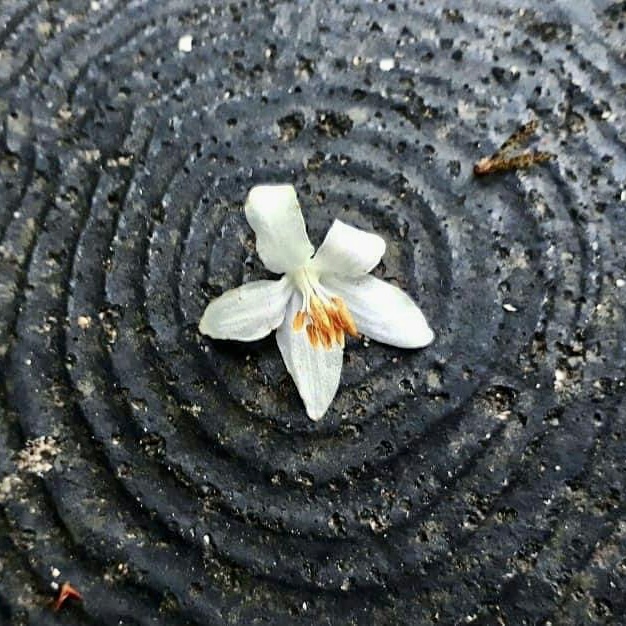
16 Jan Starting A Meditation Practice
We are living in unusual times. Aside from the new Omicron variant spreading like wildfire, we are continuously being bombarded by other external stimuli that we’ve become very much stressed, imbalanced and disconnected from ourselves. We’ve been living outside ourselves that we keep running around looking for quick fixes to make us feel better. But the faster we run, the faster we miss the point.
We search for balance, but finding this does not lie on the outside world. Balance comes from slowing down, from taking deep breaths, from turning our attention and awareness inwards. From being mindful.
Now is the best time to start practicing this. Not only does mindfulness create this ever-elusive balance, but it also strengthens our present-moment awareness. It is an invitation to well-being. It’s not an onerous new obligation that we have to do, but an invitation to dignity and graciousness, the possibility of presence just where we are. And it brings visible benefits in all different aspects of our life—in athletics, in making a business plan, in lovemaking, in raising a child.
This quality of presence that we can train combines three aspects. The first is awareness, a clear seeing of what is present here and now. The second is equanimity, an evenness of mind especially under stress, without judging or trying to manipulate or evaluating. And the other is loving-kindness, a loving presence, a loving care from which, then, a wise response will be born.
We can call this mindfulness by other names—presence, loving awareness. It could be called the art of living, to be present for our life, not lost in the fantasies of the future and the reruns of the past, but actually to be fully where we are. It has a sensitivity, and an immediacy, and aliveness to it.
By training this capacity of presence, we can calm and quiet the mind, open the heart, learn to see and work with the different energies of our life, and then be able to respond wisely.
To start, we use the breath as our focus in developing mindfulness. It serves as a vital reference point from which the mind wanders and is drawn back. It is something common to every human being. We all carry it with us wherever we go. It is always there, constantly available. It is also a very neutral and non-conceptual process, a thing that can be experienced directly without a need for thought or emotions.
So find a comfortable place to sit. It can be a chair, a cushion, or a mat. Try this meditation practice for 5 minutes a day. Increase it every time until you can stay for 30 minutes.
If you have questions or would like to practice further, you may join us every Sunday mornings from 9:30-10:00am via Zoom for a virtual practice. You may also visit our Facebook and Instagram pages.
MINDFULNESS OF BREATH MEDITATION
- Begin by establishing a comfortable and dignified posture in which you are both relaxed and alert. If there is any obvious tightness or tension in the body that you can easily release, do so with the eyes closed. Let the eyes and face be soft. Loosen the jaw. If you’d like, you can roll your head in a circle to release your neck and let your head find a simple upright position.
- Relax the shoulders and let the arms and hands rest easily. And let the belly be soft and the breath natural. Remember that this is a training of awareness. It is not a breath control practice. Instead, you want to feel how the breath breathes itself. And by noticing the play of breath, you are inviting and cultivating a sense of presence underneath all the waves of sounds and thoughts and emotions and sensations. You sense the body breathing itself.
- Notice where it’s easiest to feel the breath. Nostrils, coolness, swirling, tingling in the back of the throat, the sensitivity of the upper lip as the air passes, or the rise and fall of your chest or belly. And, again, if the breath is subtle or hard to feel, you can feel the whole body breathing. Or you can place a hand on your belly and feel the rise and fall of your belly in the palm of your hand. This is a beautiful way to stay with your breath.
- Come back gently to this breath. Each time the attention wanders and you notice—like training a puppy— sit, stay, feel three or four or six more breaths. And very gently, allowing the breath to breathe itself.
- If it’s helpful, you can notice the beginning and middle and ending of the in breath, or the rise, and the beginning, middle, and end of the out breath, or the fall. Notice the space between breaths. Rest yourself. Relax into the breathing, each breath arising and passing with mindful awareness.
- To help make sure there is ease, one Zen master recommends drawing a half smile as you practice awareness of the breath, whatever helps you stay natural, easy and present for this breath. Feel the breath. And with each breath, let there come a sense of calm and steadiness.

Sorry, the comment form is closed at this time.